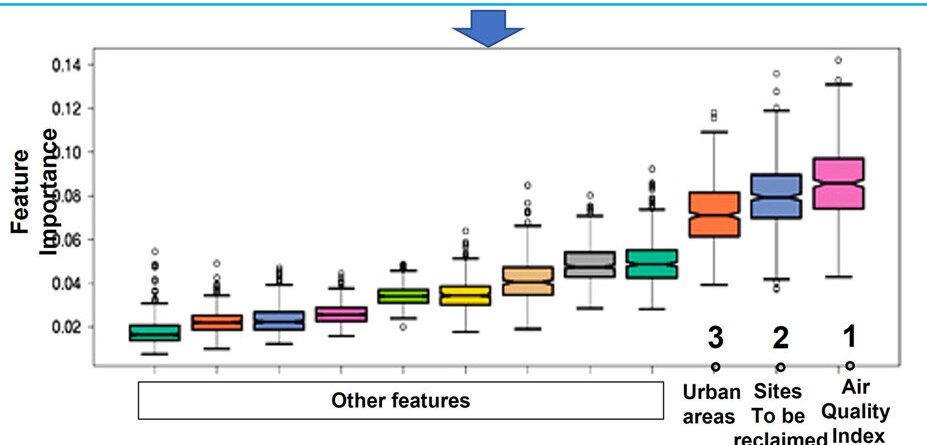Cancer is now the world’s second largest cause of mortality, after only cardiovascular disease. Lifestyle variables, including physical inactivity, poor food, obesity, drunkenness, and smoking, have been recognized as key contributors of tumor growth in recent decades of cancer research. Nonetheless, there is a growing knowledge of how environmental contamination is one of the primary causes of cancer growth.
A group of researchers from the University of Bologna, the University of Bari, and the CNR (National Research Council) used advanced artificial intelligence methods to examine the relationship between cancer mortality, socioeconomic factors, and environmental pollution sources in Italy on a regional and provincial scale. The study’s findings and analysis were published in the journal Science of the Total Environment, and the whole ten-year dataset containing cancer death rates for all Italian towns was released in Scientific Data.
“Contrary to popular belief, our analysis revealed that the distribution of cancer mortality among Italian citizens is neither random nor well-defined,” says Roberto Cazzolla Gatti, first author of the study and professor at the University of Bologna’s Department of Biological, Geological, and Environmental Sciences. “Instead, cancer mortality surpasses the national average, particularly where environmental pollution is greater, even if living practices are typically better in these places.”
Researchers considered 35 pollution sources in the environment, including industry, pesticides, incinerators, and motor vehicle traffic. They discovered that air quality is the most relevant factor in terms of its relationship with the average cancer death rate. This is followed by the presence of reclaimed sites, metropolitan areas, high vehicle density, and pesticides. Furthermore, various sources of environmental contamination are important for certain kinds of tumors. For example, farmed regions are linked to gastrointestinal cancers, road and steelworks vicinity to bladder tumors, and industrial activity in metropolitan areas to prostate tumors and lymphomas.
Lodi was the Italian province with the highest cancer death rate from 2009 to 2018. Following it were the cities of Naples, Bergamo, Pavia, Sondrio, and Cremona. Viterbo is the highest-ranked province in central Italy (11th), followed by Rome (18th). Only Caserta (8th) is in the top ten for cancer mortality in southern Italy, with the province of Naples in second place. Anyone with access to the open-access dataset released by the study’s authors may examine the ten-year mortality rate in their town.






